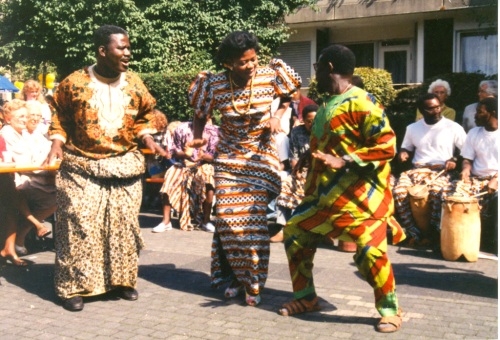
Like real rock guitar playing, air guitar—miming electric guitar playing without an instrument—is heavily informed by gendered practices in rock, where the electric guitar functions as a signifier of masculine power and implied sexual prowess, and performing on it involves symbolic aggression and dominance.
Women air guitarists appropriate and disrupt rock culture’s consensus, undermining and subverting its gendered performance. This gender bending emphasizes women’s critique of rock culture’s masculinist attitude while asserting female power through the nonthreatening manipulation of an imaginary phallic symbol.
This according to “The girl is a boy is a girl: Gender representations in the Gizzy Guitar 2005 Air Guitar Competition” by Hélène Laurin (Journal of popular music studies XXI/3 (September 2009) pp. 284–303. Above and below, the multi-award-winning Nanami “Seven Seas” Nagura.
Related article: Sexual attraction by genre







